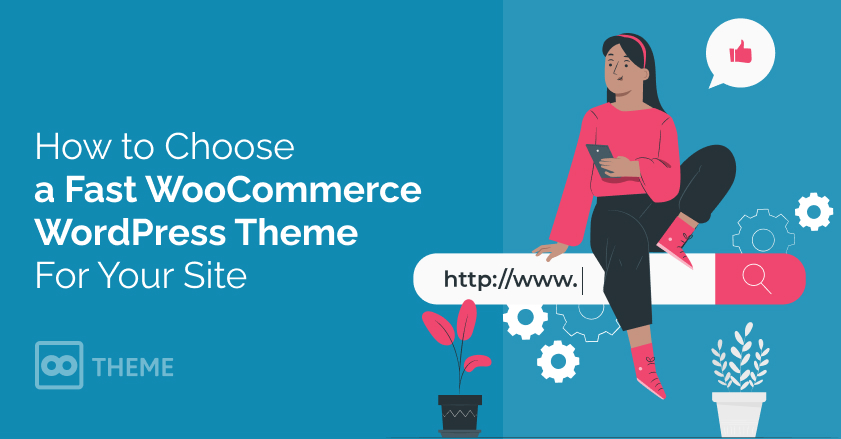
WordPress is a free web content management system (CMS) that enables you to create and manage websites without any coding knowledge. It's versatile, allowing the creation of various types of websites, from personal blogs to corporate web portals and online stores.
One of the key advantages of WordPress is its user-friendliness. The interface is highly intuitive, making it easy for even beginners to create and edit content on their websites. Additionally, WordPress offers a vast array of themes and plugins, allowing you to enhance your website's functionality with minimal effort.
Another reason for WordPress's popularity is its large community of users and developers. This means you have constant access to a wealth of resources that can help you resolve any issues or challenges that may arise during the creation or management of your Internet site. All these factors make WordPress one of the most popular and reliable platforms for building websites.
Many business owners opt for an easy way to create their websites with minimal time and effort by using a pre-made WooCommerce WordPress theme. However, before making a final decision, it's crucial to thoroughly research your options. How technically sound is the chosen theme? Will the website built on it function correctly and meet modern user requirements?
We have gathered some tips on what to look for when making your choice.
The appearance of your website significantly impacts its success—there's no denying that. However, if your site has poor functionality or critical errors, visitors will quickly lose patience. They might leave before the page even loads, never getting to appreciate the web designer's hard work.
This is why it's crucial to ensure that any ready-made theme meets several key criteria.
Many developers offer ready-made WordPress themes boasting an extensive list of features. While this may seem advantageous at first, reality can be quite different.
Excessive complexity or an overabundance of unnecessary features can slow down your site and increase debugging time.
Choosing a theme with the right features ensures optimal performance and efficient use of server resources. It also simplifies the process of setting up and managing your site, as you’ll only be working with what your project truly needs.
Additionally, fewer features mean fewer potential security vulnerabilities for your site.
It’s crucial to carefully analyze the functionality of a theme before selecting it, ensuring it best suits your needs and challenges. This is why the 8Theme team has developed a vibrant collection of ready-made templates for websites representing various online businesses. These templates incorporate their extensive experience in developing projects from scratch.
Ready-made WooCommerce WordPress themes typically come with a cohesive design and all the necessary elements. However, this often results in pages that look similar to countless other websites on the internet. Therefore, it’s important to determine how much you can customize the visual details, such as:
Having easy control over these elements allows you to personalize your website and make it stand out without needing to edit complicated code.
It’s clear that mobile devices have surpassed traditional desktop computers in popularity. Over 90% of web content is now viewed on smartphones, tablets, smartwatches, TVs, and other devices. Enhancing the accessibility and adaptability of websites is essential in today’s digital landscape.
Accessibility goes beyond device compatibility. It’s crucial to make your website user-friendly for people with special needs, including those with:
Understanding your target audience is key. You might want to choose a ready-made WordPress theme that implements WAI-ARIA (Web Accessibility Initiative - Accessible Rich Internet Applications). This set of guidelines aims to improve the accessibility of web content and applications for people with disabilities by adding special attributes to HTML, SVG, and other markup elements.
SEO readiness is crucial for WordPress templates as it enhances a website's visibility in search engines. Pre-built eCommerce themes that adhere to basic search engine optimization principles make it easy to implement SEO strategies, such as meta tags, page load speed optimization, and URL structure. This helps WordPress-based sites achieve better search rankings and attract more targeted traffic.
However, many ready-made WordPress themes claim to be SEO-friendly. The real question is, are they truly optimized? Without advanced knowledge of HTML5, it can be difficult to assess a template’s quality. Look for these key criteria to help you decide:
If these basic SEO needs are met, you can focus on enhancing the quality of your content, leading to improved search engine rankings.
Plugin support is vital for WordPress themes as it extends the functionality of your site. Plugins enable you to add new features and capabilities without major code changes. When a theme supports plugins, it opens up endless possibilities for enhancing your site's functionality, catering to your business or personal needs. It also offers greater flexibility, keeping your site adaptable to current trends and user demands.
Built-in multilingual support allows you to create websites with content available in various languages effortlessly. Themes that support multilingualism typically integrate with popular translation plugins, support multiple alphabets, and accommodate right-to-left text. This capability enables you to manage content in different languages without manually creating separate versions of each page.
Even if you don't need this feature immediately, it can become essential quickly. Adding multilingual support to an existing website is challenging, even for experienced developers, so choosing a theme with this capability can save significant time and effort.
Using a child theme for WordPress templates is important for several reasons:
Employing a child theme is a best practice in WordPress development, ensuring reliability, flexibility, and ease of maintenance. Therefore, it's essential to choose themes that support this functionality.
Uniqueness is crucial, but industry design standards exist for good reasons. Several external factors influence the choice of WordPress templates:
Knowledge of what you need will help you find the best WordPress theme.
While it's often said that free WordPress themes have low-quality code, this isn't always true. However, if you need a high-quality website, it’s usually better to avoid free themes. Here are a few reasons why:
Therefore, it's generally better to invest in an inexpensive paid WordPress theme.
To summarize, here are some tips for selecting a template for your future website:
Now you're ready to take the first step towards creating your own website. Explore our catalog of ready-made WordPress themes.


Posted by Emma Watson
